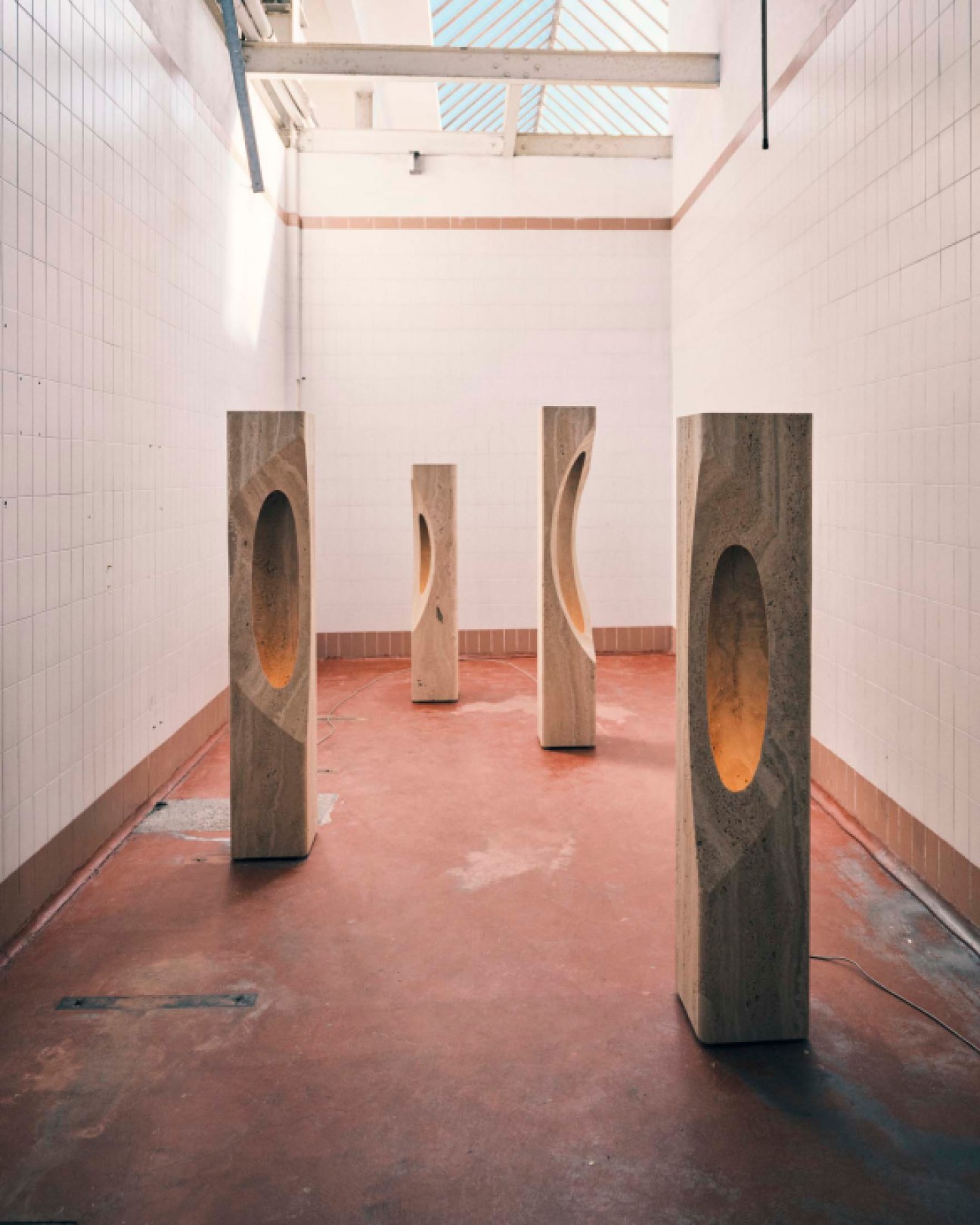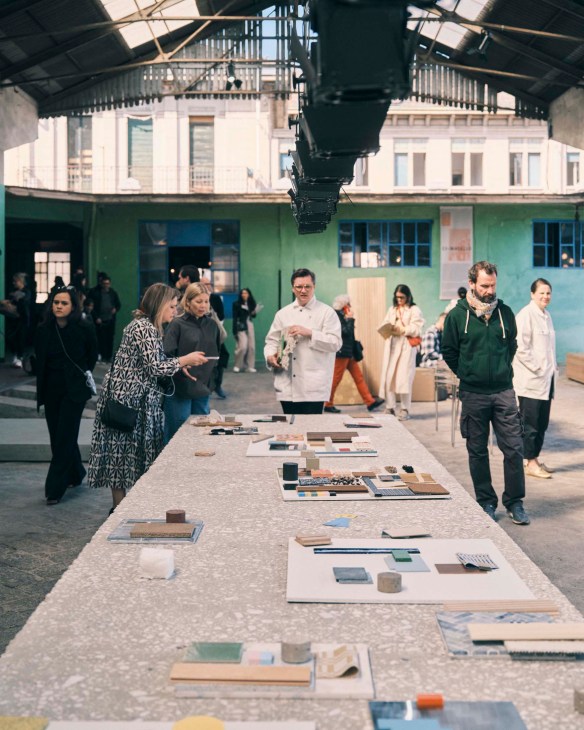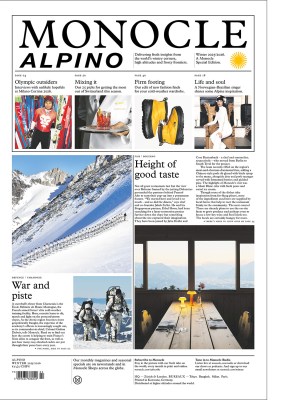Snøhetta’s regeneration of a former slaughterhouse into a social hub
A long-abandoned former abattoir in Milan is undergoing a makeover – and its developers are keen to keep the community involved in its rebirth.
“I’m hoping that the exhibition will encourage the developers to keep more of the original buildings,” said Joseph Grima over dinner in 2023. The curator was hosting a guestlist that included journalists and designers during that year’s Milan Design Week at Ex-Macello. Here, on the site of a former abattoir, the creative director was opening Alcova, a travelling showcase of design that he co-founded with Valentina Ciuffi in 2018. A hit every Milan Design Week since, Alcova typically takes place in abandoned buildings.

“Ex-Macello has all the characteristics of a good Alcova site: big, spectacular, iconic spaces but also smaller ones that can host independent exhibitors,” says Ciuffi when Monocle catches up with the co-founders ahead of this year’s Alcova (taking place in four venues across Brianza). But, in addition to appreciating the beauty of the former slaughterhouse site, Ciuffi, like Grima, was also pinning hopes on its activation. “Alcova is a gesture of juxtaposition,” she says. “Iwish architects would take it as a suggestion that you don’t always need to restore architecture cosmetically but you can show the traces of what happened.”
At Ex-Macello, on a plot the size of 28 football fields in Milan’s Calvairate neighbourhood, those traces are evidenced in the slaughterhouse buildings, defined by a central galleria. Erected between 1912 and 1914 by engineers from Milan’s municipal technical office, they were decommissioned between 1995 and 2005. In 2019, Milan-based developer Redo took over the site; Oslo-based architects Snøhetta were tapped to develop a plan after winning a global design competition in 2021. The scale of the site means that execution of the strategy will take years. Redo realised that they couldn’t simply box out the city for more than a decade. “Integrating temporary uses into redevelopment generates multiple benefits,” says Fabio Carlozzo, CEO of Redo. “Hosting cultural and social initiatives strengthens local identity and social cohesion, ensuring that the transformation of Ex-Macello is not just a physical redevelopment but a meaningful, inclusive evolution.”


And so, Alcova was greenlit. “The thing that Redo really understood is that people need to gradually reappropriate space,” says Grima, reflecting on the 2023 edition, which welcomed an audience of more than 90,000. Locals and design enthusiasts reappropriated this space, perusing the work of a global cohort of Alcova’s 70 designers.
But a renewed relationship with the site wasn’t just limited to the week-long event. “When we were spending time at Ex-Macello, we met lots of people who lived in the neighbourhood and had never had the opportunity to go inside and walk down that central nave,” he says. “The idea of opening spaces to people is at the core of Alcova.”

This principle of engaging the neighbourhood is central to Snøhetta’s plans for what will be Milan’s first carbon-negative area. At the core is the regeneration of the slaughterhouse buildings, in a move that protects the site’s architectural heritage and contributes to its environmentally sensitive agenda. Housing, offices, a university, a nursery and a museum will be programmed into the site and the fences around it, which have obscured sightlines for more than a century, will be ripped down.

The architects are aware that change will be slow. “The span of this project is maybe up to 15 years. So allowing visual or physical access to the site is important,” Tommaso Maserati, Snøhetta’s lead on the project, tells Monocle when we visit the studio’s Oslo HQ. “There are also implications for keeping the existing buildings. People have been born in Calvairate, having these buildings there, and they’re going to die having these buildings, their kids and their grandkids there. It gives a sense of permanence and continuity.”

In 2025 with both the architects and developers keen to keep the buildings, it seems that they’re fulfilling Grima’s vision from two years ago. In fact, momentum is likely to build, with Alcova hosting a bar, restaurant and DJ pop-up called Vocla at Ex-Macello as part of this year’s Milan Design Week. According to Grima, this is all helping the city to get its groove back. “Milan’s going through a particular moment of self-rediscovery. Historically, it’s a city that’s been considered ugly when compared to Florence, Venice and Rome,” he says. “But Ex-Macello shows that there’s some incredible opportunities of beauty to be discovered and reactivated. Ex-Macello can bring about a very fertile new chapter to our history.”


